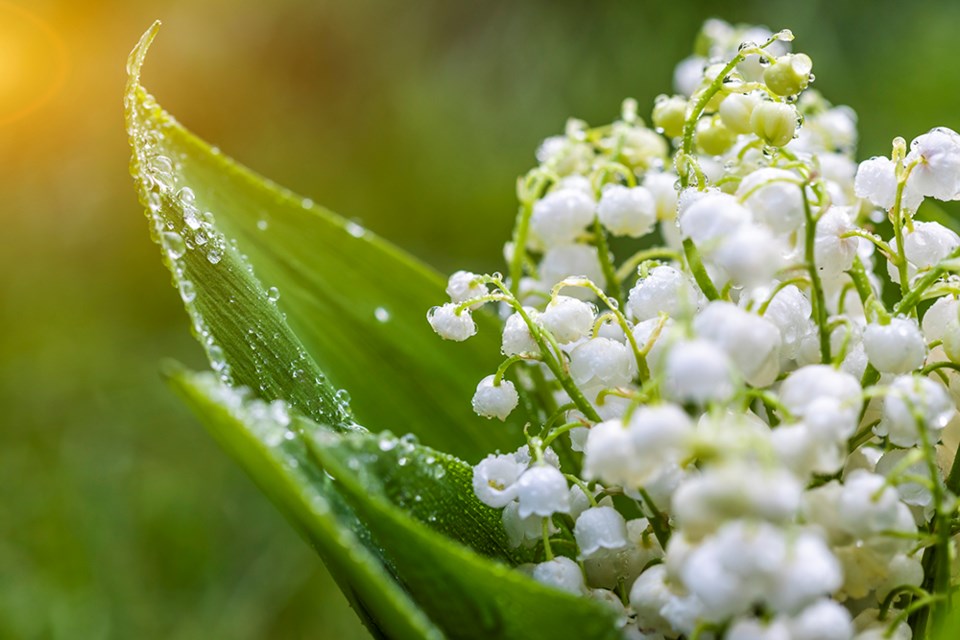Separated as we are from the big city by two ferries, one of the joys of living here in qathet is the feeling like we’re living on an island. Of course, with this separateness comes some challenges and issues, like the importance of food security.
While we’re doing a pretty good job on the issue of food, when it comes to medicine, we’re still very much dependent on the global supply chain. It gives one pause to consider what exactly the world did before the advent of pharmaceuticals?
In fact, up to half of all pharmaceuticals are derived from plants, and among those that are synthesized, most were inspired by natural products. It’s important to challenge the myth that our ancestors necessarily lived short, brutish and unhealthy lives. In fact, before the agricultural revolution, the modal age of human death was the seventh decade, which is about the same as it is today.
When the first explorers arrived in North America, fresh from the devastation of the black plague, they consistently remarked upon the incredible health of the Indigenous peoples. They recorded that they never came across the chronic disease and pestilence they saw back home.
This reflects the reality that many of our health issues stem from living sedentary lives in an urban environment, especially when it’s lacking infrastructure for sanitation and waste. Not only proper hygiene, however, good health is dependent upon a suitable diet drawn from the local environment, with plenty of exercise, fresh air and sunshine…something Indigenous peoples never thought to stray from.
But, even with these components, there’s still plenty of things that can go wrong, and to this end, Indigenous and traditional peoples all over the world sought to find healing in the same place they obtained their food: from nature. The planet abounds with healing plants, which contain in their chemical makeup a molecular instruction manual for the proper growth and development of the body.
Thousands of years of experience have allowed herbalists to build up a huge body of empirical evidence, discovering relationships between us and plants that are highly specific and unique. As a practicing herbalist, I have a working knowledge of at least 500 different plants, although I only use about 200 on a regular basis.
One of things we are blessed to have on our little island of qathet is an abundance of medicinal plants. This includes weeds such as dandelion, plantain and Saint John’s wort, but also native plants such as prince’s pine, fir and devil’s club.
Even the ornamental plants in our gardens are medicine. For example, peony root is fantastic for gynecological complaints like PMS and menopause. Another is lily of the valley, which contains cardiac glycosides that are effective in the management of certain heart issues.
Of course, just knowing that these plants are medicine isn’t enough – you need to be trained in their use!
If there’s a broader point, however, it’s that everything around us is medicine, found not only in plants but in other people, animals, places and experiences. Life itself is a Great Medicine that teaches us about…life!
But in the confusion that inevitably arises, plants remain an important doorway to ground these experiences, reminding and connecting us to our birthright: the healing power of nature.
Todd Caldecott is a medical herbalist and Ayurveda practitioner based in the qathet region. He can be reached through the Dogwood School of Botanical Medicine website (dogwoodbotanical.com) or by email at clinic@toddcaldecott.com.
Join the Peak's email list for the top headlines right in your inbox Monday to Friday.




